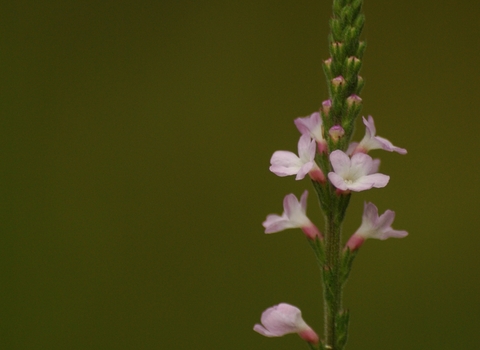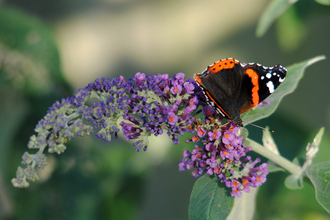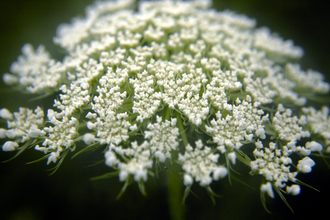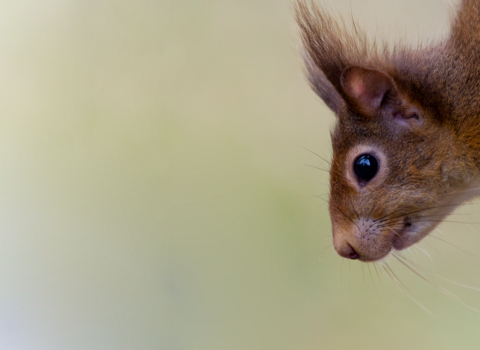
Vervain © AnneTanne under CC BY-NC-SA 2.0 <https://creativecommons.org/licenses/by-nc-sa/2.0/>
Vervain
An introduced plant, vervain is widely naturalised in the UK. It is a great source of nectar for all kinds of insects and can be seen on rough grassland, waste ground, coastal cliffs and roadside verges.
Scientific name
Verbena officinalisWhen to see
June to OctoberSpecies information
Category
Statistics
Height: up to 1mConservation status
Common.




